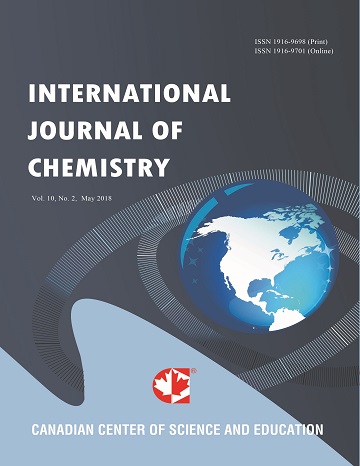Correlating the Layer Properties of Ni-alumina Composite Coatings and the Mechanism of Codeposition
- Amir Sadeghi
- Maximilian Sieber
- Hosein Hasannejad
- Ingolf Scharf
- Thomas Lampke
Abstract
Ni-Al2O3 composite coatings electrodeposited from Watt’s electrolyte include Al2O3 nano-and submicron particles. The effect of particle size and concentration of the particles in the electrolyte were investigated on the morphology and incorporation value of particles into the deposits. The influence of alumina particles on the electrodeposition behavior of Ni was also studied by means of electrochemical impedance spectroscopy. The results achieved from the impedance measurements and the correlation with the layer characterization could help to better understand the codeposition mechanism derived from the impact of different particle characteristics including size and concentration on the nature of the double-layer. The increase in the concentration of particles from 1 to 20 g/l resulted in an increase of the double-layer capacity and decrease of the charge transfer resistance, while the addition of submicron particles had a higher influence on the characteristics of the double-layer compared to the nano particles. Although the alumina particles with submicron size could stimulate the incorporation of particles faster than those with nano size, the strengthening performance of the layers not only depended on the incorporation value of the particles, but also on the microstructure of the deposits.
- Full Text:
 PDF
PDF
- DOI:10.5539/ijc.v8n2p110
Index
Contact
- Albert JohnEditorial Assistant
- ijc@ccsenet.org
